Archives
- 2025-12
- 2025-11
- 2025-10
- 2025-09
- 2025-03
- 2025-02
- 2025-01
- 2024-12
- 2024-11
- 2024-10
- 2024-09
- 2024-08
- 2024-07
- 2024-06
- 2024-05
- 2024-04
- 2024-03
- 2024-02
- 2024-01
- 2023-12
- 2023-11
- 2023-10
- 2023-09
- 2023-08
- 2023-07
- 2023-06
- 2023-05
- 2023-04
- 2023-03
- 2023-02
- 2023-01
- 2022-12
- 2022-11
- 2022-10
- 2022-09
- 2022-08
- 2022-07
- 2022-06
- 2022-05
- 2022-04
- 2022-03
- 2022-02
- 2022-01
- 2021-12
- 2021-11
- 2021-10
- 2021-09
- 2021-08
- 2021-07
- 2021-06
- 2021-05
- 2021-04
- 2021-03
- 2021-02
- 2021-01
- 2020-12
- 2020-11
- 2020-10
- 2020-09
- 2020-08
- 2020-07
- 2020-06
- 2020-05
- 2020-04
- 2020-03
- 2020-02
- 2020-01
- 2019-12
- 2019-11
- 2019-10
- 2019-09
- 2019-08
- 2019-07
- 2018-07
-
In various models histamine has been shown to induce
2021-10-08
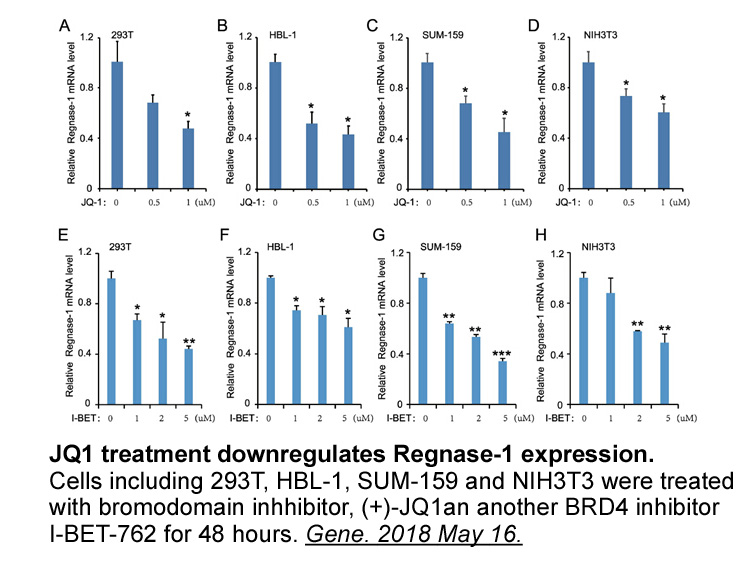
In various models, histamine has been shown to induce chemotaxis. This was first appreciated over 40 years’ ago in studies with eosinophils (Clark et al., 1977). At that time, only histamine H1 and histamine H2 receptors were recognized and studies with ligands to these receptors indicated that neit
-
Allergic rhinitis characterized by inflammation
2021-10-08

Allergic rhinitis, characterized by inflammation of the nasal membrane, results from an over-activated immune system exposed to Senegenin in sensitized individuals, and is associated with nasal congestion, rhinorrhea, sneezing, and pruritus. As histamine is a key mediator in triggering allergic rhin
-
Here we show that Hippo
2021-10-08
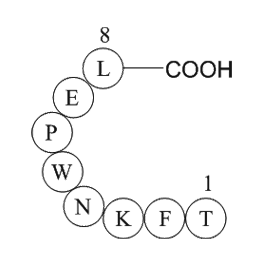
Here, we show that Hippo signaling components are expressed during epicardium formation. To determine the significance of Yap and Taz in the developing epicardium, we generated epicardium-specific Yap/Taz double-knockout mice. Genetic deletion of Yap and Taz using Sema3d mice leads to embryonic leth
-
br Methods br Involvement of HO
2021-10-08
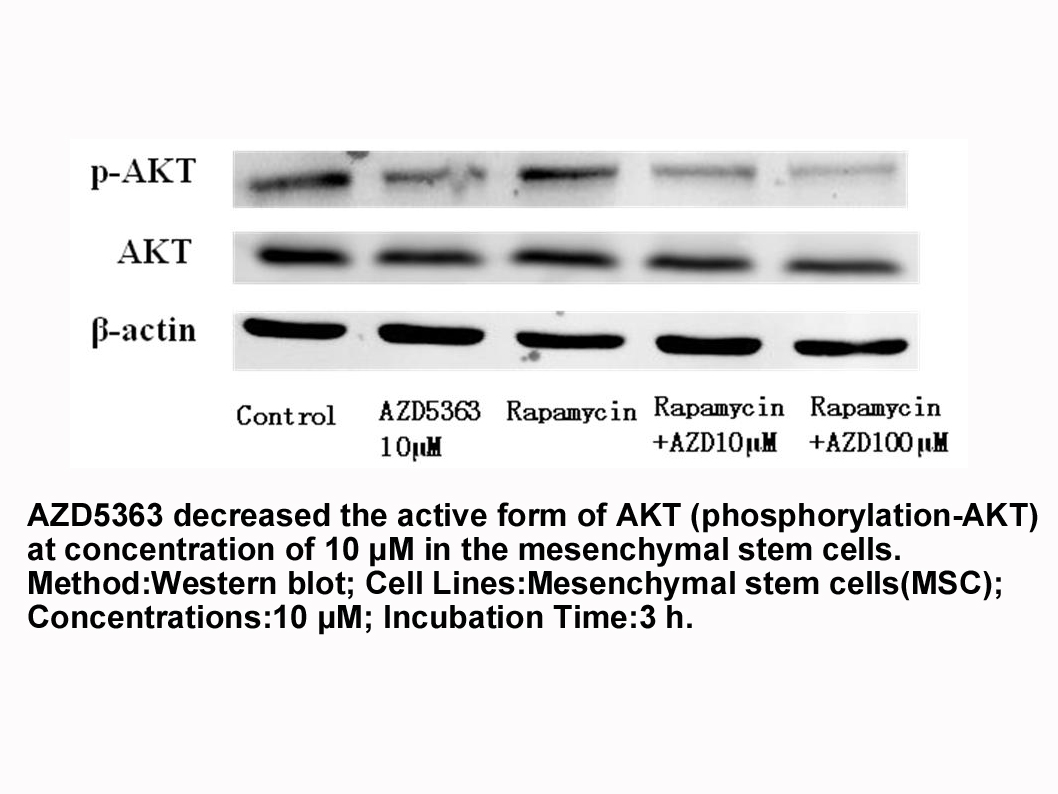
Methods Involvement of HO-1 in rheumatic diseases Therapeutic strategy targeted HO-1 Based on the researches focusing on the effect of HO-1 in rheumatic diseases, amount of approaches targeting regulation of HO-1 have been arising (See Table 1 for summary). It has been shown that different
-
The first suggestion that the Hh pathway might
2021-10-08
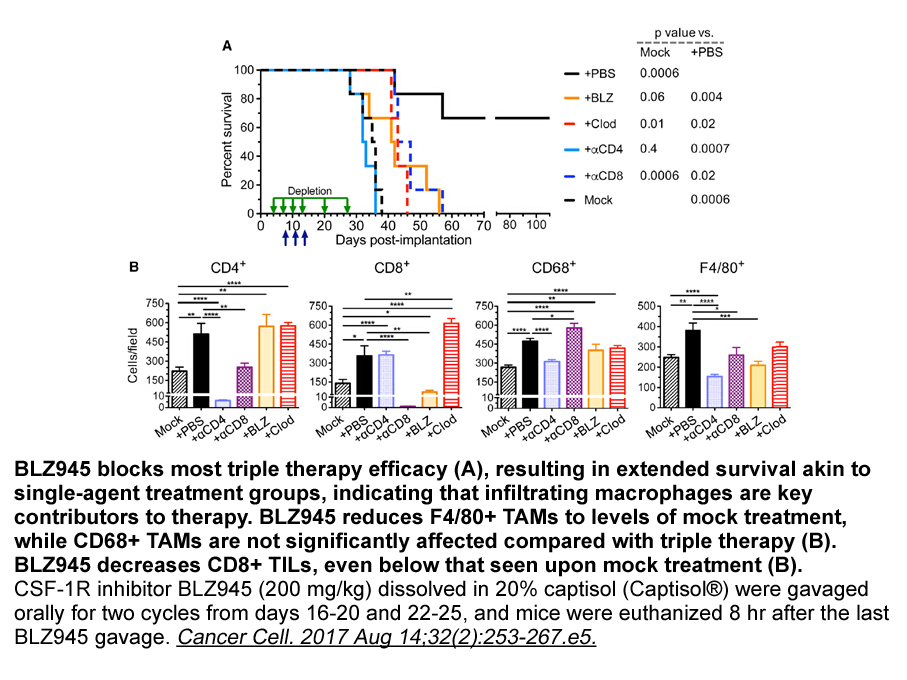
The first suggestion that the Hh pathway might be involved in the pathogenesis of chronic liver disease was reported at the beginning of this millennium by Shackel et al. who noted that Patch and Gli were upregulated in their microarray analysis of liver tissues from patients with primary biliary ch
-
Glycogen synthase kinase GSK is an evolutionarily conserved
2021-10-08
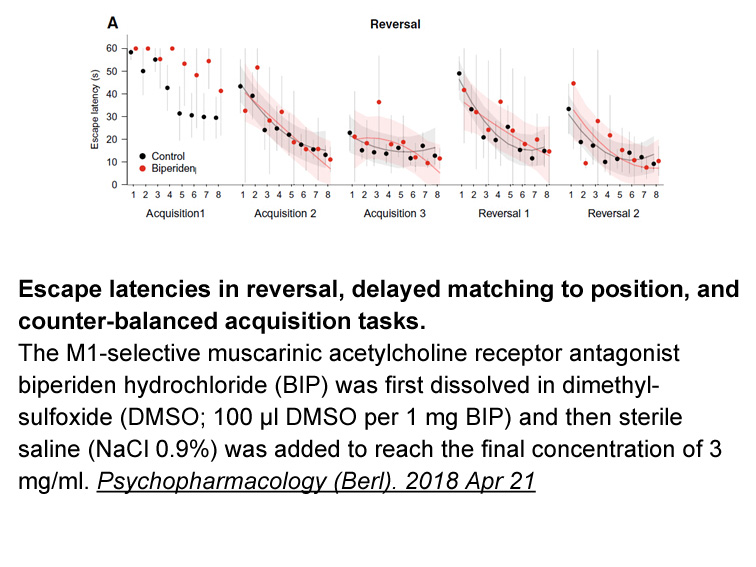
Glycogen synthase kinase-3β (GSK-3β) is an evolutionarily conserved serine/threonine kinase that plays multifaceted role in diverse cellular and neurophysiological processes [8]. GSK-3β is regulated by inhibitory serine and stimulatory tyrosine phosphorylation on Ser9 and Tyr216 respectively [9]. Dy
-
br Conclusion br Experimental procedures br Introduction The
2021-10-08
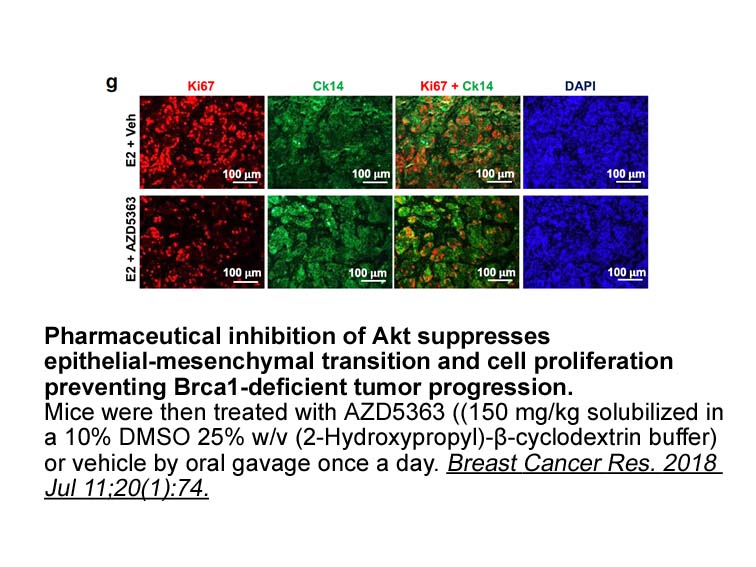
Conclusion Experimental procedures Introduction The glycine receptor (GlyR) is a member of the Cys-loop family of ligand-gated ion channels. It is the primary inhibitory receptor in the brainstem and spinal cord but also plays important roles in higher Preladenant regions, including the hip
-
The simple carrier model for GLUT
2021-10-08
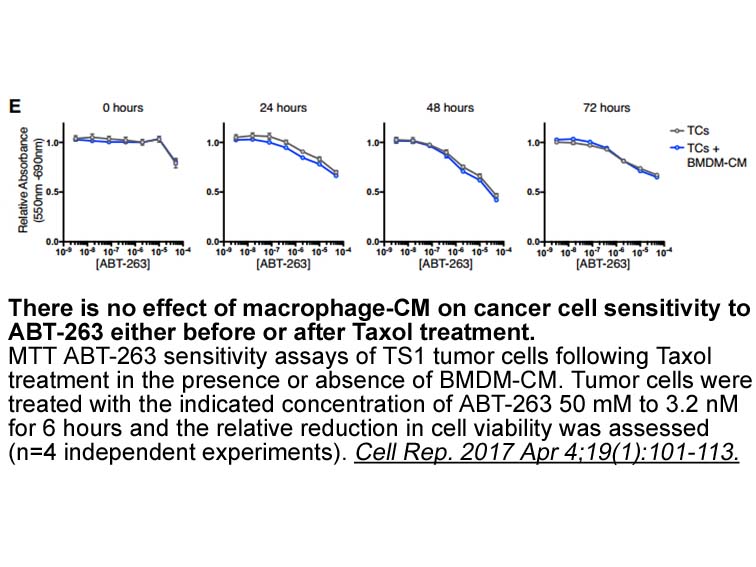
The simple carrier model for GLUT1 transport activity proposes that the transporter alternates between an outward facing glucose binding site and an inward, cytoplasmic, facing glucose binding site. Cytochalasin B is an endofacial inhibitor and appears to preferentially bind to the open, inward faci
-
br Acknowledgments This work was supported by a grant CIHR
2021-10-08

Acknowledgments This work was supported by a grant CIHR-NSFC China-Canada Joint Health Research from the National Science Foundation of China (Grant Number 81061120525) and the Canadian Institutes for Health Research (Grant number CCI-109605). The authors thank two anonymous reviewers for helpful
-
cAMP is a key secondary messenger which
2021-10-08
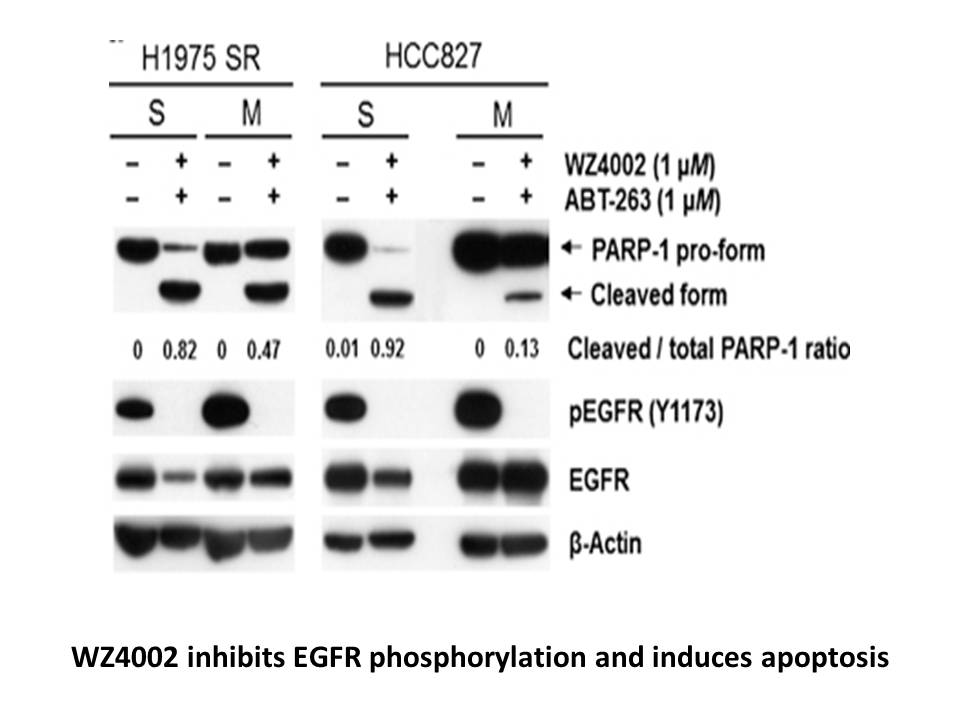
cAMP is a key secondary messenger which transduces extracellular signals at glucagon receptors to intracellular effector molecules. cAMP-protein kinase A (PKA) pathway increases the gene expression of enzymes including phosphoenolpyruvate carboxykinase (PEPCK) and glucose 6-phosphatase (G6Pase) whic
-
The identity of the K
2021-10-08
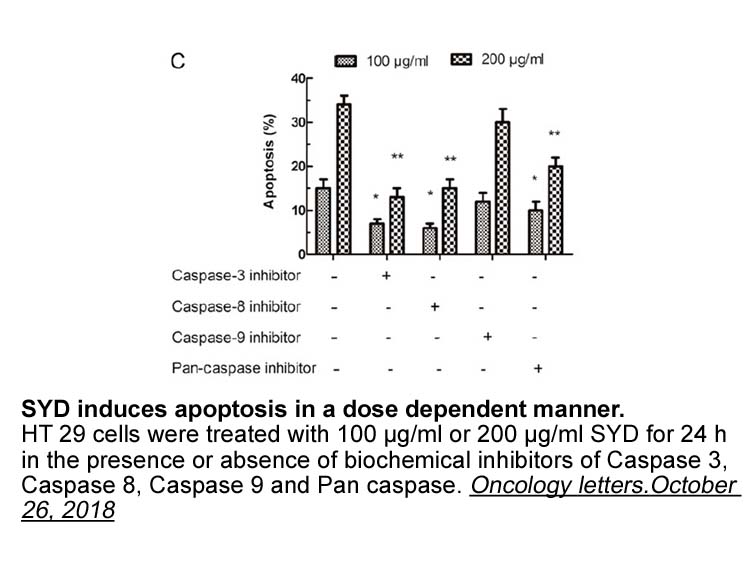
The identity of the K+ transport pathway activated by NEM remains unclear. The pathway does not require the presence of Gardos channel KCNN4 or K–Cl cotransporters KCC3 and KCC1, but like these pathways is sensitive to the presence of hemoglobin S or other sickling hemoglobins. Although partially se
-
SCPNs and CPNs exhibit similar strength of electrical coupli
2021-10-08
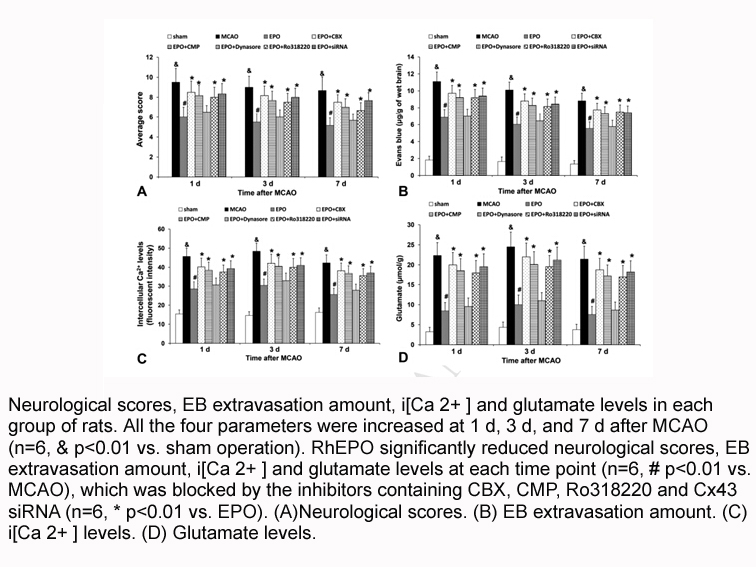
SCPNs and CPNs exhibit similar strength of electrical coupling (Maruoka et al., 2017) and had similar membrane properties (Experimental Procedures), and showed no significant difference in amplification and synchronization (Figs. 2E and 3C). However, a subset of CPNs exhibit very strong electrical c
-
The development of metabolic stable non peptidergic galanin
2021-10-07
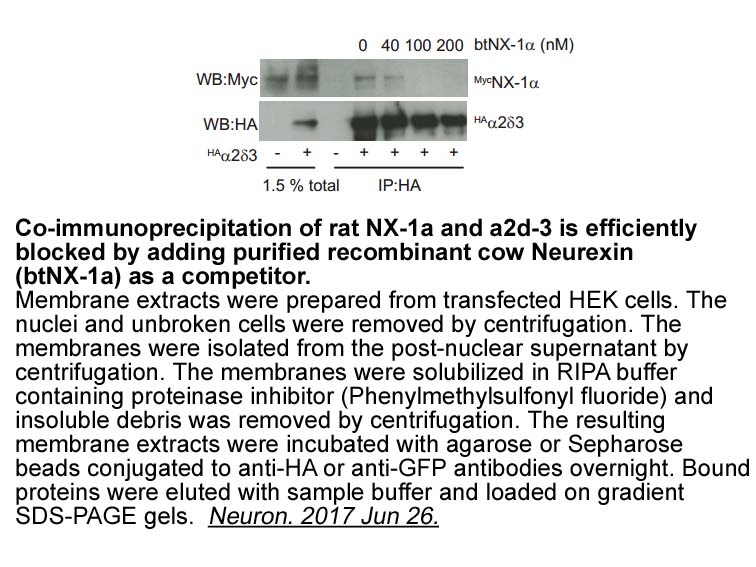
The development of metabolic stable, non-peptidergic galanin agonists could be the basis to clinical diagnosis and treatment of tumors with high levels of galanin receptor expression like gliomas and pituitary tumors. As for gliomas, penetration of the blood brain barrier by the compounds might be p
-
In this study we followed the fate of Ag
2021-10-07

In this study, we followed the fate of Ag-specific CD8+ T Roxithromycin by directly visualizing them using MHC class I tetramers coupled with ovoalubumin (OVA)257–264 following EG.7 inoculation. We also examined the mechanism of apoptosis in exhausted Ag-specific CD8+ T cells during tumor immune res
-
Production of reactive oxygen species ROS at the
2021-10-07
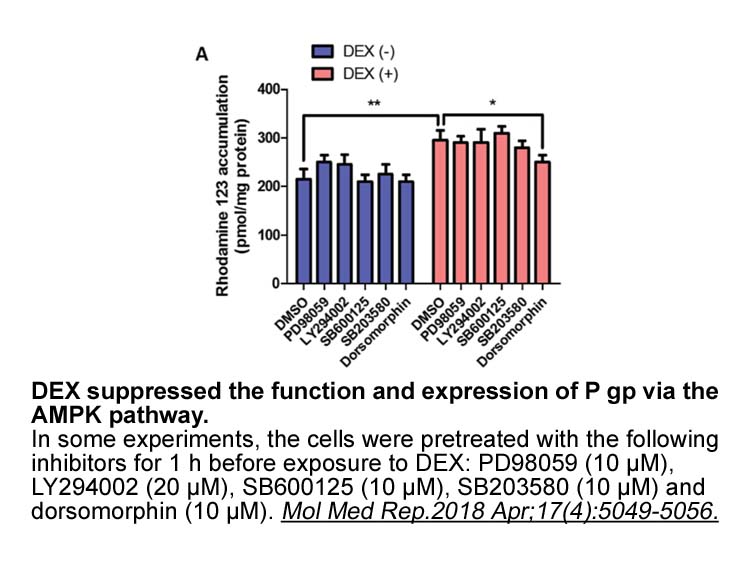
Production of reactive oxygen species (ROS) at the site of pathogen attack following recognition of pathogen-associated molecular patterns (PAMPs) is regarded as one of the initial plant immune responses. ROS accumulation can induce a hypersensitive reaction in host plants, thereby causing programme
15358 records 607/1024 page Previous Next First page 上5页 606607608609610 下5页 Last page